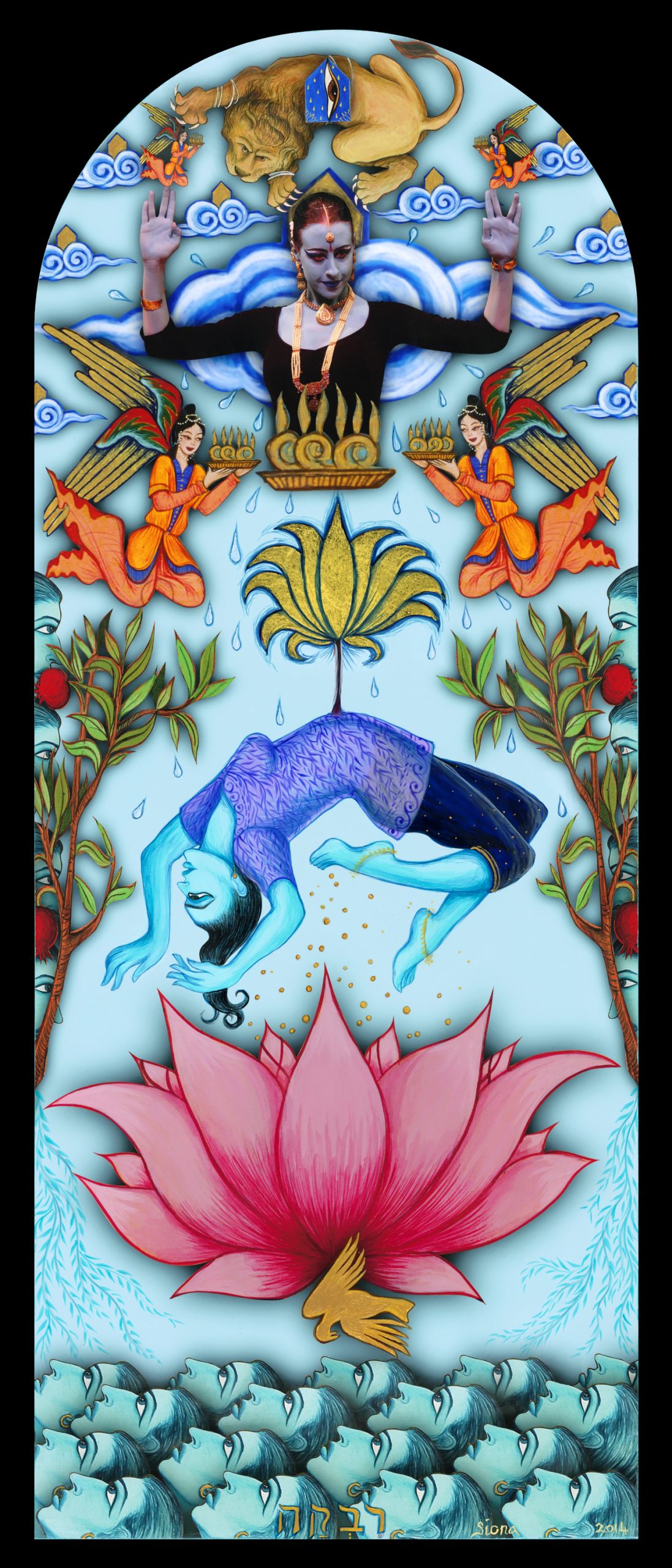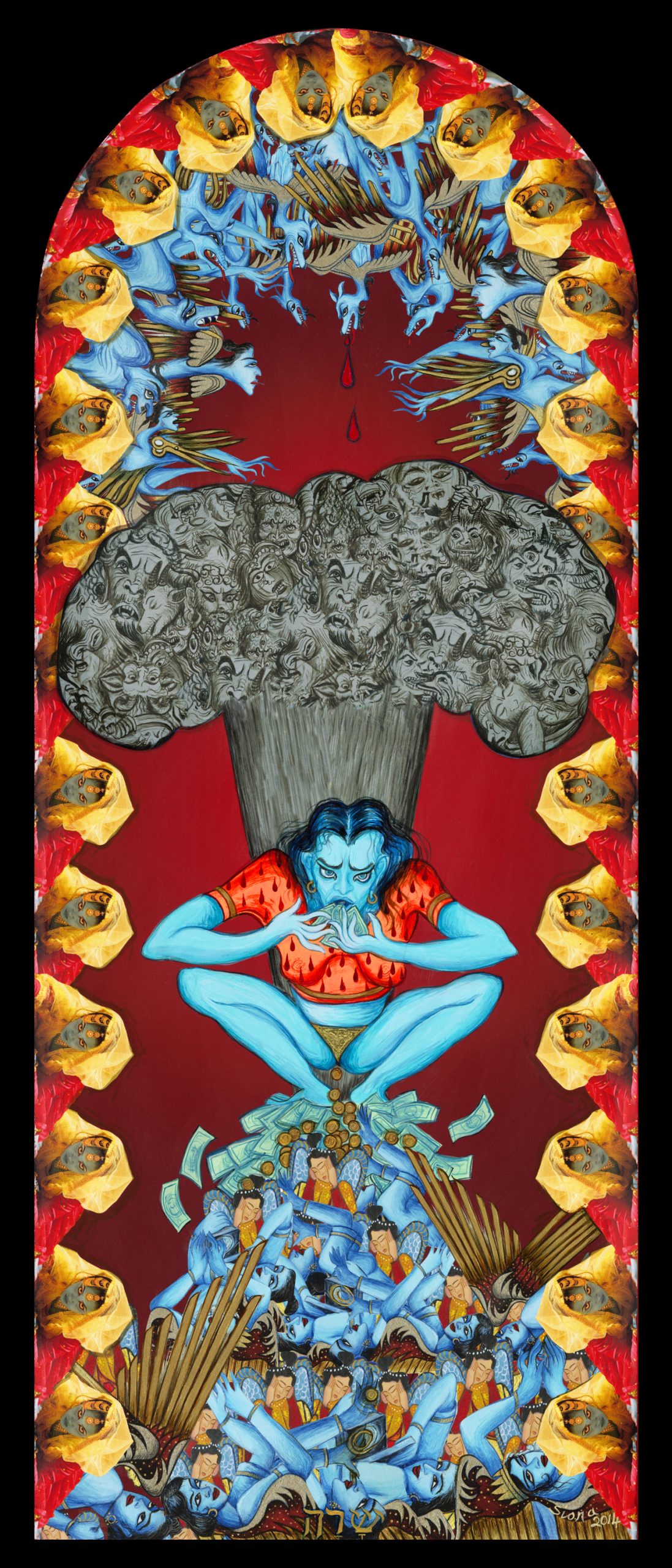Torah Study Date
Saturday, May 8, 2021
Verses Covered
Bereishit (Genesis) 22:19-23:16
Next Session
Saturday, May 15, 2021
Starting at Genesis 23:17
Last week we started a new parsha, Chayei Sarah (The Life of Sarah). First, we learned that Abraham and his servants went back to Beer-sheva and Abraham lived there, that Abraham’s brother Nahor’s wife had born eight sons, one of whom, Bethuel, was Rebecca’s father and that Nahor’s concubine, Reuma, had born four sons and we discussed that a main point of the mention of Nahor’s sons is to give the genealogy of Rebecca who will marry Isaac. We also discussed that there is no mention of Isaac going back to Beer-sheva with Abraham! Some commentators think that indicates that there was a previous version of the story in which Isaac is in fact sacrificed. We discussed the fact that Jews say “the binding of Isaac” not “the sacrifice of Isaac” as Christians do and that we emphasize in that way that Isaac was not sacrificed.
We discussed parashot and what they are (weekly Torah portions rather than Torah chapters), that they are named from first words of the parashot and that Chayei Sarah is one of the few parashot that include the name of a woman. We discussed that the life of Sarah (chayei Sarah) was one hundred twenty-seven years (written poetically as “a hundred years and twenty years and seven years”) and that she died in Kiriat Arba/Hebron. We discussed that the text says Abraham mourned and cried for Sarah, emphasizing using the two terms the depth of his feelings. We also discussed the idea that Sarah died after the binding of Isaac because she learned that Isaac almost was slaughtered and that news killed her.
Then we discussed Abraham getting the cave of Machpelah for Sarah’s burial, that he described himself to the children of Heth as a “ger v’toshav” (an alien and a visitor, a stranger and a sojourner, or a resident alien), that they agree to give him his choice of tombs because they consider him a prince of God. We discussed that Abraham offers to give Ephron, son of Zohar, the owner of the field and cave, full price for it; and Ephron says he has given the field and cave to Abraham; who then says he has paid Ephron for it; who then says four hundred shekels is nothing between friends; at which point Abraham weighs out four hundred shekels and gives them to Ephron. Whew! What a bargaining session, we all agreed. (It would be like this: A: I’ll pay for dinner. E: No, I’ll pay for dinner. A: I’ll pay for dinner. E: No, $65 is nothing among friends. A: Waiter, here’s my credit card; please charge me $65.00. The idea is that Ephron begins with a generous offer so that it does not appear that he is grasping for money but that Abraham is not supposed to accept it but to keep asking so that in the end Ephron will get what the property is worth (or something like that).
After that, Abraham buried Sarah in the cave and field of Machpelah facing Mamre/Hebron in Canaan.
Our artwork this week is two from a group of four really astonishing pieces by New Jersey Indian-Jewish artist, Siona Benjamin, Four Mothers who Entered Pardes, Rebecca (above) and Sarah (below) (to be compared with the four rabbis who entered Pardes). Sarah goes insane from hearing that Isaac almost was sacrificed by Abraham and is pictured under a mushroom cloud of demonic faces. Rebecca is, Siona Benjamin says, the only one able to ascend and descend from Pardes in peace, she is most whole and accepts that suffering is part of life. She is portrayed with lotus blossoms (symbols of rebirth), pomegranates (symbols of fertility), and with a lion of Judah (symbol of strength).


